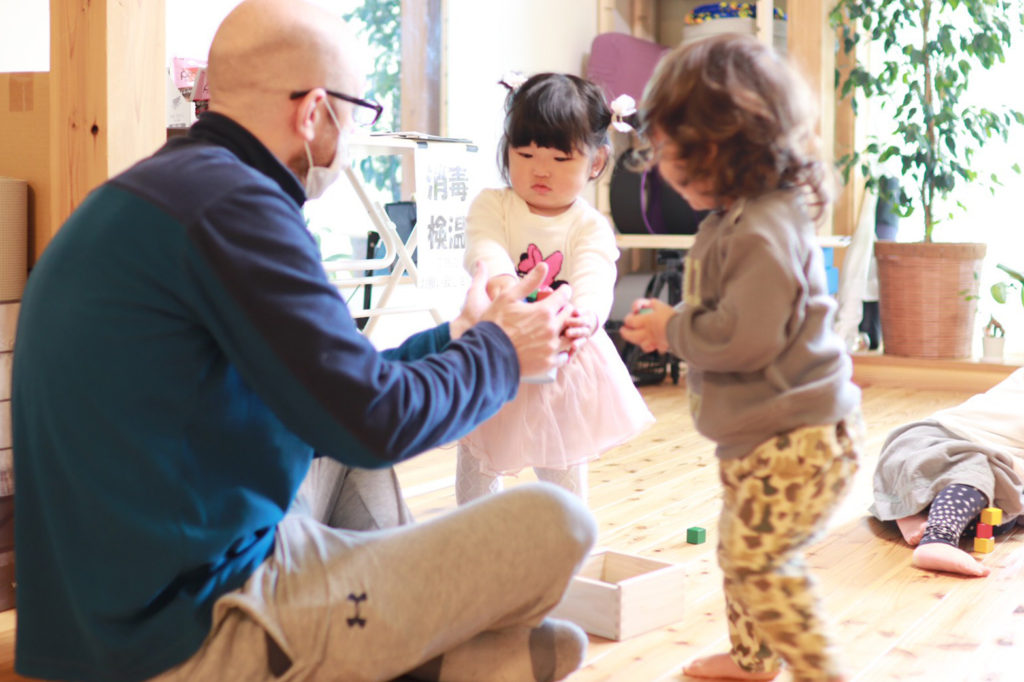
Toyama International Montessori
The classrooms are carefully designed environments where children of mixed ages work together or independently with multi-sensory materials that invite them to touch, to think, to experience.
Children move freely about, choose an activity, and work on it until a sense of accomplishment is achieved. With the freedom to choose, children develop self-confidence, self-discipline, and self-mastery.
Because our classrooms are child-centered, our Montessori teachers are more facilitators than instructors. The teacher serves as the link between the student and the learning environment, observing each child’s progress, and introducing the next step to enable the child to master a skill.
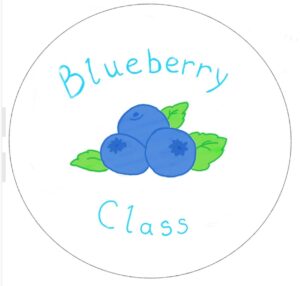 Blueberry Class (1-3歳)
Blueberry Class (1-3歳)
他の保育施設と同じように自分のことは自分でできるようにお手伝いし、手遊び、歌、工作、絵本の読み聞かせなどのすべての保育を英語で行います。お外で遊ぶ時間も大切にしています。
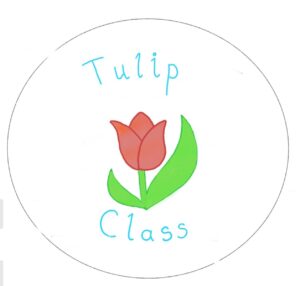
Tulip Class (3-6歳)
モンテッソーリ教育を英語で行っています。子供たちの心の安定、知的好奇心、主体性、自己肯定感、意思、自己規律、社会性を含む総合的な発達を援助します。
Our Curriculum
We take advantage of the child’s sensitive years— those times when there is a readiness to learn specific skills.Our rich classroom environments are full of hundreds of learning materials and facilitate independent learning of skills.Your child will move from the concrete to abstract learning process.We put children at ease by giving them freedom within limits — a safe place to grow and learn.
Practical Life 日常生活の練習
Sensorial 感覚
Math 数学
Languages 言語学
Practical Life
Practical Life is a desired and sought-after area in the classroom, which transgresses beautifully throughout all other areas of the environment. Children love to do these activities because they are able to individually engage themselves in real-life, daily activities. By focusing on these adult activities, the student acquires personal growth as an individual. Children can grow and relate by doing activities such as spooning and pouring dry goods or liquids, threading beads, sweeping up spills, washing their hands, and learning how to communicate with peace and courtesy in the toddler and primary years. In the elementary years, the children will often be found cooking, sewing, gardening, and engaging in activities that extend outside of the classroom and into the community as their practical life work. Concentration in these types of activities allows children to teach themselves how to adapt in society, as well as learn coordination of movement and develop a sense of order. The most important attribute learned through these activities is the knowledge of how to be a purposeful and functional member of society.


Sensorial
Sensorial materials are designed to engage the learner. These activities are purposeful and allow the child to verbally define and refine their language with respect to color, texture, size, weight, shape, and smell. Sensorial activities are designed to reinforce the five senses and to help guide the children in learning to discriminate, classify and compare. Sensorial exercises help prepare for intellectual development in an orderly manner. They teach knowledge and understanding of the world. The iconic pink tower and red rods fall into the category of sensorial materials. The early use of these materials develop a sense of order in the child which she or he can apply to the world around them. The sensorial materials support the child’s psychological and neurological development. Indirect benefits of sensorial work include, but are not limited to, mathematical preparation, increased attention span, improved hand/eye coordination and the development of logical thinking. The Sensorial materials lay a solid foundation for Mathematics, Geometry, Geography, Botany, Art and Music.
Math
The material for Math introduces the child to associate quantity and its symbols. The quantities are introduced by a series of bead bars, which the child can count. The Math materials are designed to give the child a sound understanding of numbers and their relationship. This work is always introduced in a simple and sensorial way so that the child can see, hold, and feel the number or quantity and gradually be led to an abstract understanding. All of the Math material from the toddler to the elementary classroom is color coded. Using a wide range of beads and symbol cards, the child becomes familiar with the numbers as a decimal system, including concrete experiences with the operations of addition, subtraction, multiplication, and division. These experiences not only teach the child to calculate, but they provide a deep understanding of how numbers function and the relationship between the quantity and symbol. Abstract work comes naturally to the elementary child because of the solid foundation in Math work from previous years.
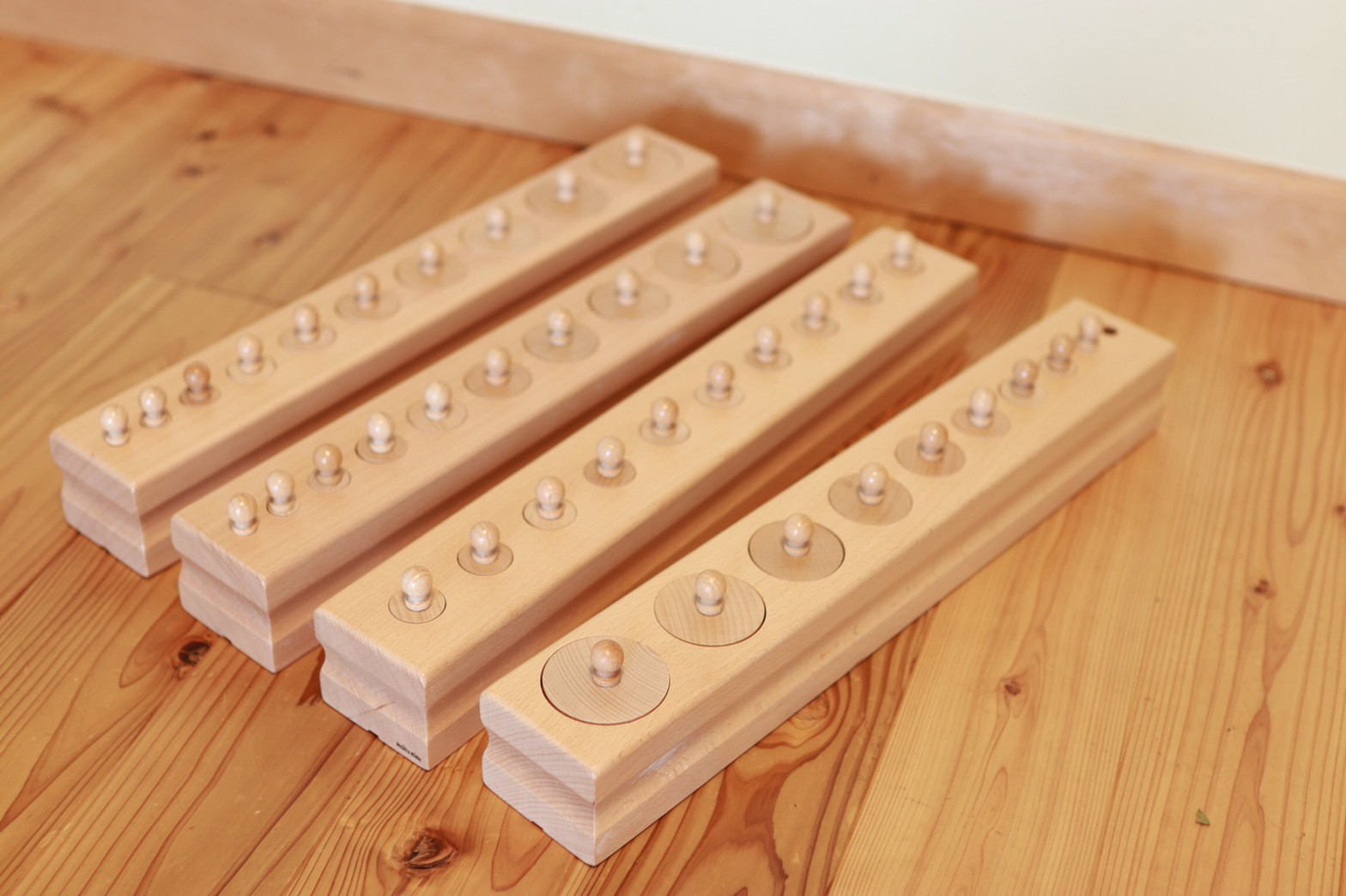
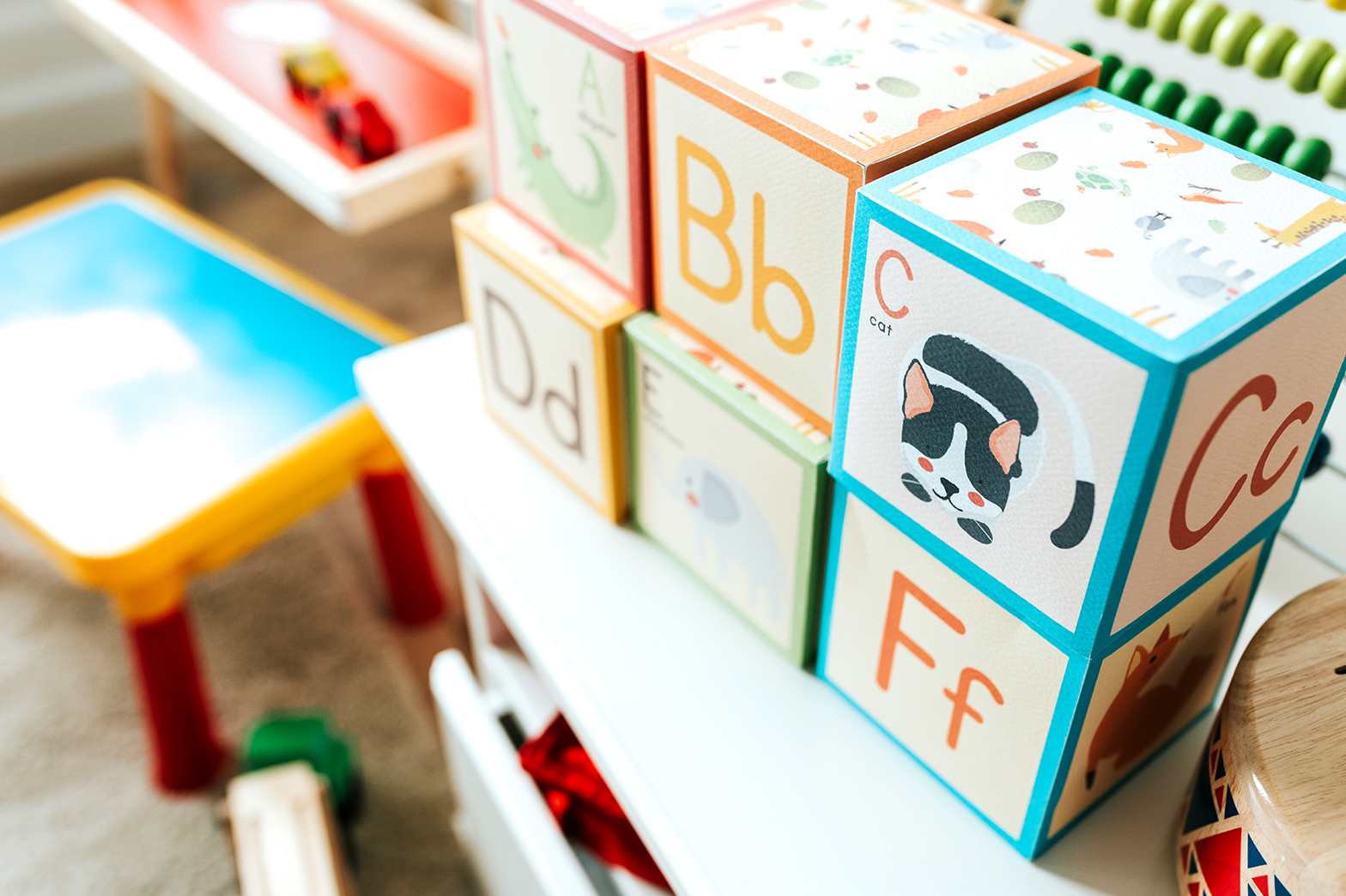
Languages
Young children have a phenomenal ability to absorb language. The child learns oral language naturally. They automatically absorb it from their environment. Every effort is made to give each child as much precise vocabulary as possible. The process of absorbing and expressing is encouraged whether individually or in a group. This is a very important part of the Montessori curriculum and meets all the early learning goals. Sandpaper letters are used to introduce the sounds of the alphabet to the child when they are ready. In the Montessori class, children utilize all their senses to help them read and write with proper understanding. Discovering Language becomes interesting, fun and a creative process for the child. Each child works at their own pace. Gradually, through daily practice, writing, reading, and communication skills will develop.
整えられた環境の中で吸収して表現する過程は、モンテッソーリ教育の重要な部分で、自信、話すこと、書くことによる自己表現、人の話を聞き、読み、共感・理解できる力、最終的には総合的読みを援助します。
例えば、紙やすりの文字は、子どもにアルファベットの音を紹介するとときに使います。子どもは自分の感覚を使って理解し、読み書きできるようになります。言語を発見することは子どもにとって面白く、楽しく、創造的なプロセスになります。自分のペースで学び、日常生活を通して読み書きとコミュニケーション技術が発達します。

Traditional versus Montessori
In traditional education adults decide what children need to learn and the child’s ability to retain and reproduce information is used as a measure of academic success. The teacher is the active giver of information and children are passive receivers. In the Montessori approach it is all about the activity of the child. The teacher takes on a different role, that is, to provide the right kind of circumstances so that children can be guided to find what they need from what is on offer. Children then become active learners and are able to reach their own unique potential because they are learning at their own pace and rhythm focusing on their own particular developmental needs at that moment.
The Montessori Approach::
Montessori instruction, both individual and group, adapts to each child’s individual learning style, instead of following the adult’s teaching style.
Montessori classrooms encourage students to teach, collaborate and help each other and is non-competitive in nature. Montessori instruction helps children spot their own errors instead of relying solely on the teacher for feedback.
